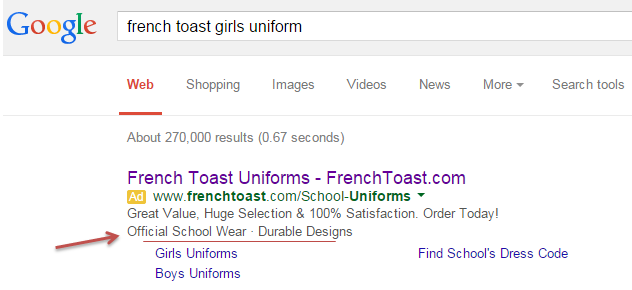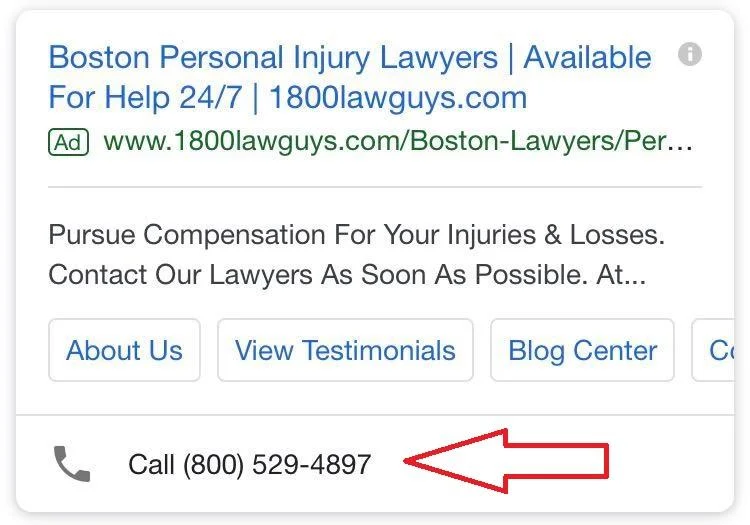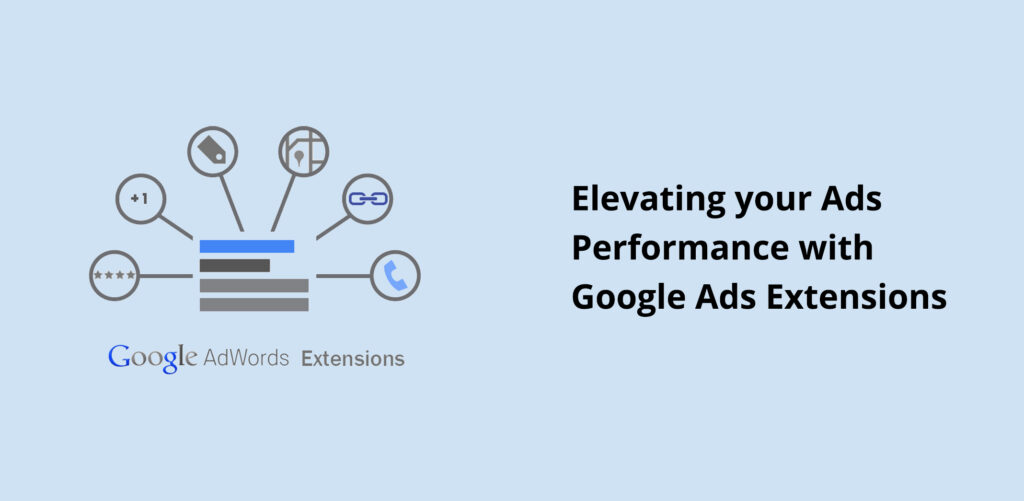Elevating your Ads Performance with Google Ads Extensions
In the constantly changing world of digital advertising, Google Ads remains a dominant force for businesses aiming to connect with their desired audience. An essential element of enhancing your Google Ads campaigns involves harnessing the power of Google Ad extensions.
Within this article, we will delve into what Google Ads Extensions are all about. We will clarify their nature, delve into their various types, examine their uses, offer a set of guidelines on dos’ and don’ts to enhance your ad campaigns.
Various Types of Google Ads Extensions
Google Ads Extensions are like little upgrades for your text ads. They add extra useful info, like phone numbers, website links, and locations, making your ads more attractive and helpful to potential customers.
Here are some of the ads extensions that should interest you:
1. Sitelink Extensions:These enable you to feature particular pages from your website directly in your advertisement. Utilize them to spotlight well-liked products, services, or essential landing destinations.

2. Callout Extensions: Callout extensions give you the opportunity to add extra text to your advertisement to highlight special selling points, promotions, or standout features of your business.

3. Structured Snippet Extensions: Structured snippet extensions simplify the organization of your products or services, aiding users in understanding your offerings. These categories would include brands, services, or types of products, offering clarity to potential customers.

4.Call Extensions: Include your phone number in the ad, providing an easy way for potential customers to reach out to you directly.

5. Location Extensions: If you have a brick-and-mortar store, display your business address along with a clickable map icon in your advertisement.

Perks of Using Google Ads Extensions
1. Increased Ad Text: Before a potential customer clicks on your ad, they often seek specific information, such as your location or contact details. However, overcrowding your ad text with this information not only consumes valuable characters but also demands manual entry.
In contrast, with ad extensions you enter this information just once, and it becomes accessible for any ad group or campaign where it’s relevant.
- Enhanced SERP Space: Another upside of Google ad extensions is their ability to occupy additional space on the search results page. Let’s break it down:
The first ad, for instance, covers six whole lines, with an additional “more” option tucked in a drop-down.

Now, consider the second ad. While it occupies four lines instead of six, the inclusion of extensions featuring links, location details, and operating hours infuses variety and vibrancy into the ad.

In essence, Google ad extensions provide you with valuable, cost-free real estate on the Search Engine Results Pages (SERPs). Seize the opportunity to dominate as much screen space as possible!
3. Qualified Leads: Google ad extensions provide users with a wealth of upfront information. With this added information, only those who genuinely believe they align with your business will interact with the ad. This means that most low-quality leads will recognize that they’re not an ideal match and opt out on their own. To put it simply: relevant extensions lead to well-informed and empowered users, ultimately driving user engagement on landing pages as well.
In essence, because ad extensions are larger ads crafted for relevance and enhanced expected CTR, Google views the entire format more positively. In simple terms, a higher CTR leads to a higher ad rank, and a higher ad rank means higher ad quality.
4. Improved Ad Quality: According to Google, the presence of ad extensions will naturally boost your Ad Rank. Google holds them in high regard because they enable the provision of a wider range of ad formats and the inclusion of more pertinent information for searchers.
In essence, because ad extensions are larger ads crafted for relevance and enhanced expected CTR, Google views the entire format more positively. In simple terms, a higher CTR leads to a higher ad rank, and a higher ad rank means higher ad quality.
5. Cost-efficient: Better ad quality enhances your Click Through Rate (CTR), which in turn positively influences your quality score. Thankfully, this results in a reduced cost-per-click (CPC).

And when your cost per click is lower, your potential cost per conversion also decreases. When you spend less on acquiring leads, you ultimately earn more while spending less.
How to Make the Best of Google Ads Extensions
- Know Your Audience & Objectives: It’s essential to gain a solid grasp of your target audience and campaign objectives. Familiarizing yourself with your audience’s preferences and requirements will enable you to select the most pertinent extensions for your use.
- Select the Right Extensions: Google Ads provides a range of extension options, as discussed in the previous article. Choose the extensions that match your business goals and connect with your target audience.
- Create Compelling Extension Content: Once you’ve selected the appropriate extensions, concentrate on crafting engaging content for each one. Your extension content should be brief, pertinent, and captivating. Employ action-oriented words and emphasize the benefits of clicking on the extension.
- Schedule Your Extensions Properly: Once you’ve picked the suitable extensions, concentrate on crafting captivating content for each one. Your extension content should be brief, pertinent, and intriguing. Utilize action-oriented vocabulary and emphasize the benefits of clicking on the extension.
Google Ads Extensions are useful tools for boosting your ads’ visibility and performance. By grasping their varieties, purposes, and adhering to top practices, you can produce more captivating ads that yield superior outcomes. Let InvisiblePPC take care of implementing your google ads extensions and you’ll be on the path to enhancing your click-through rates and attaining your advertising objectives.

